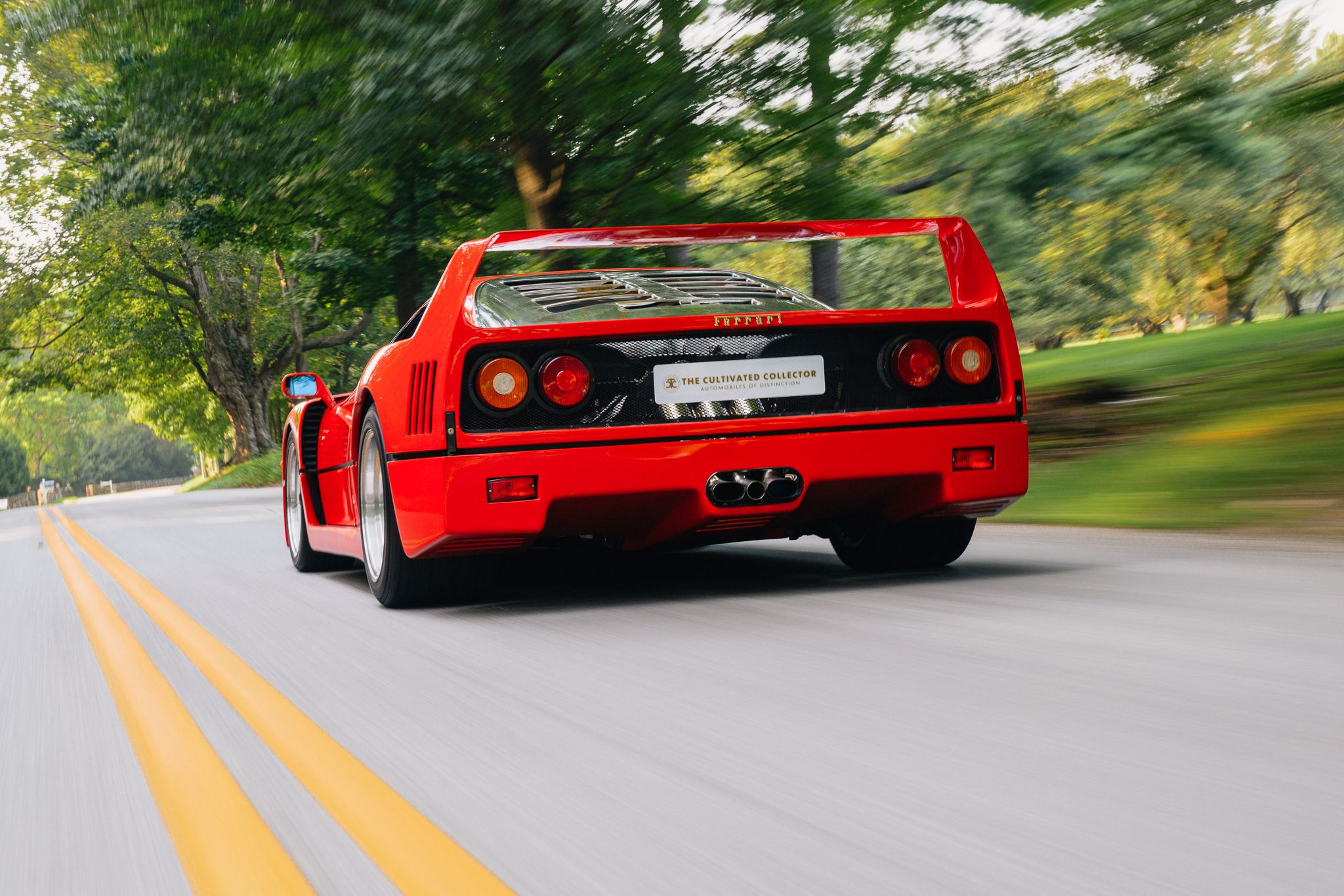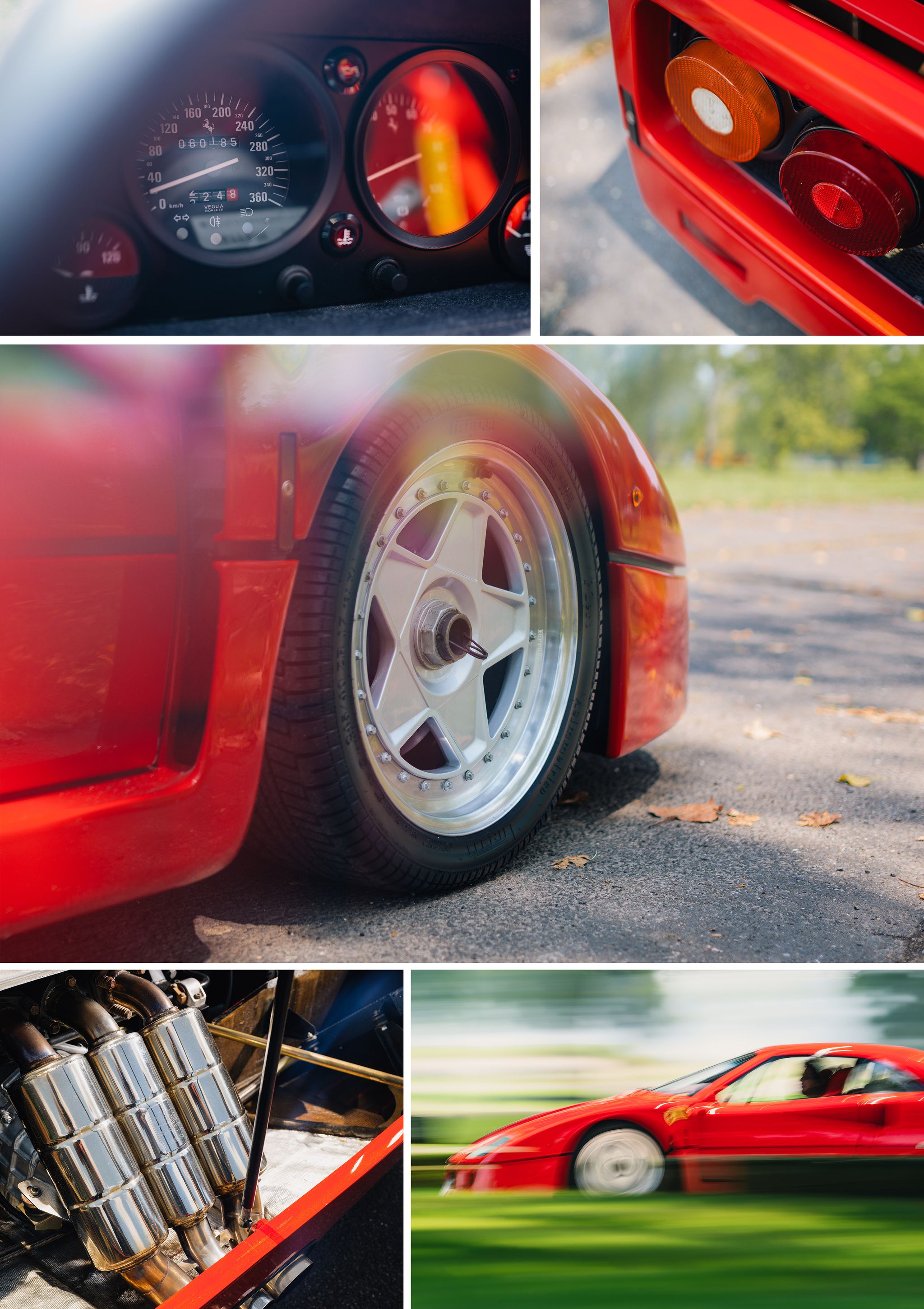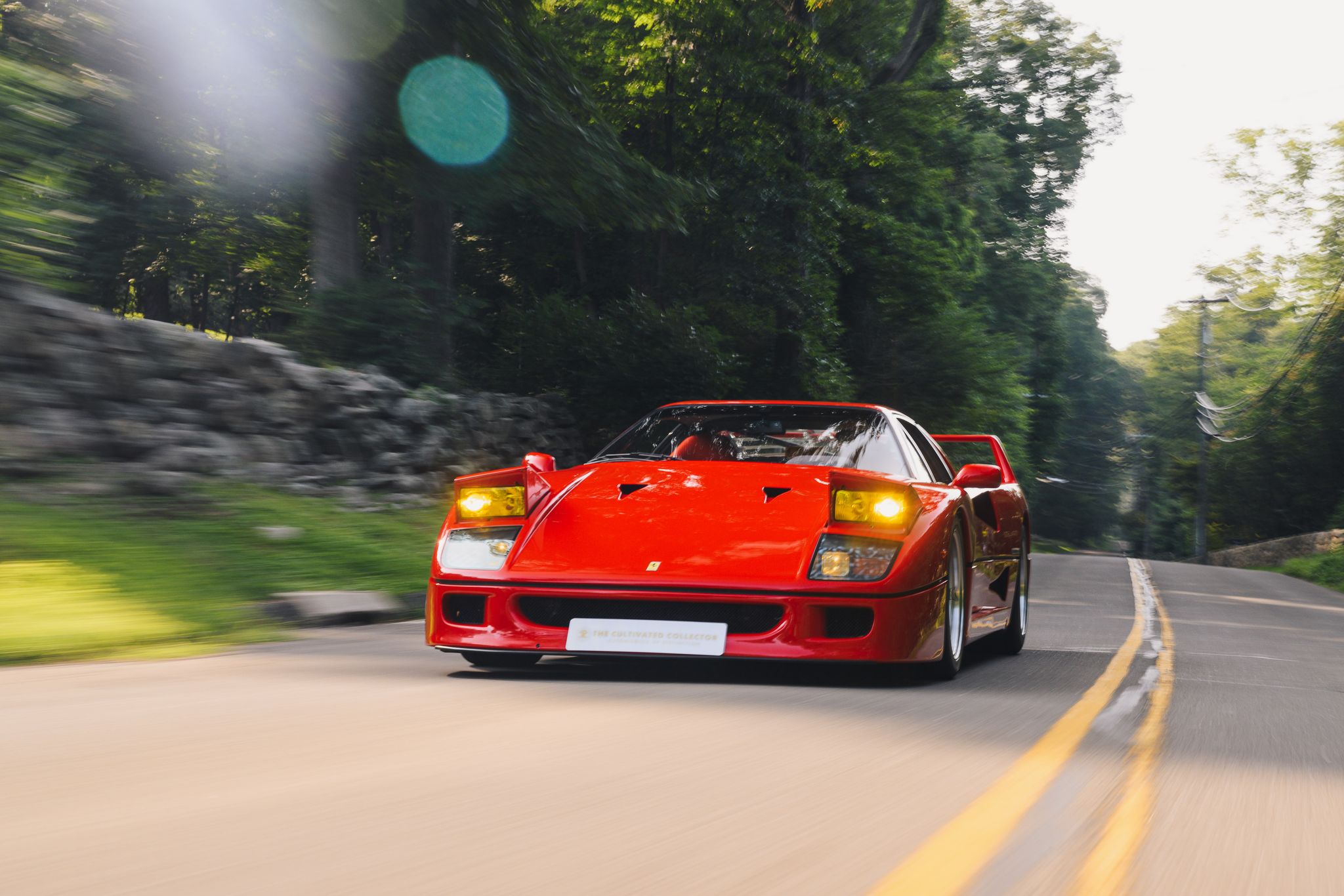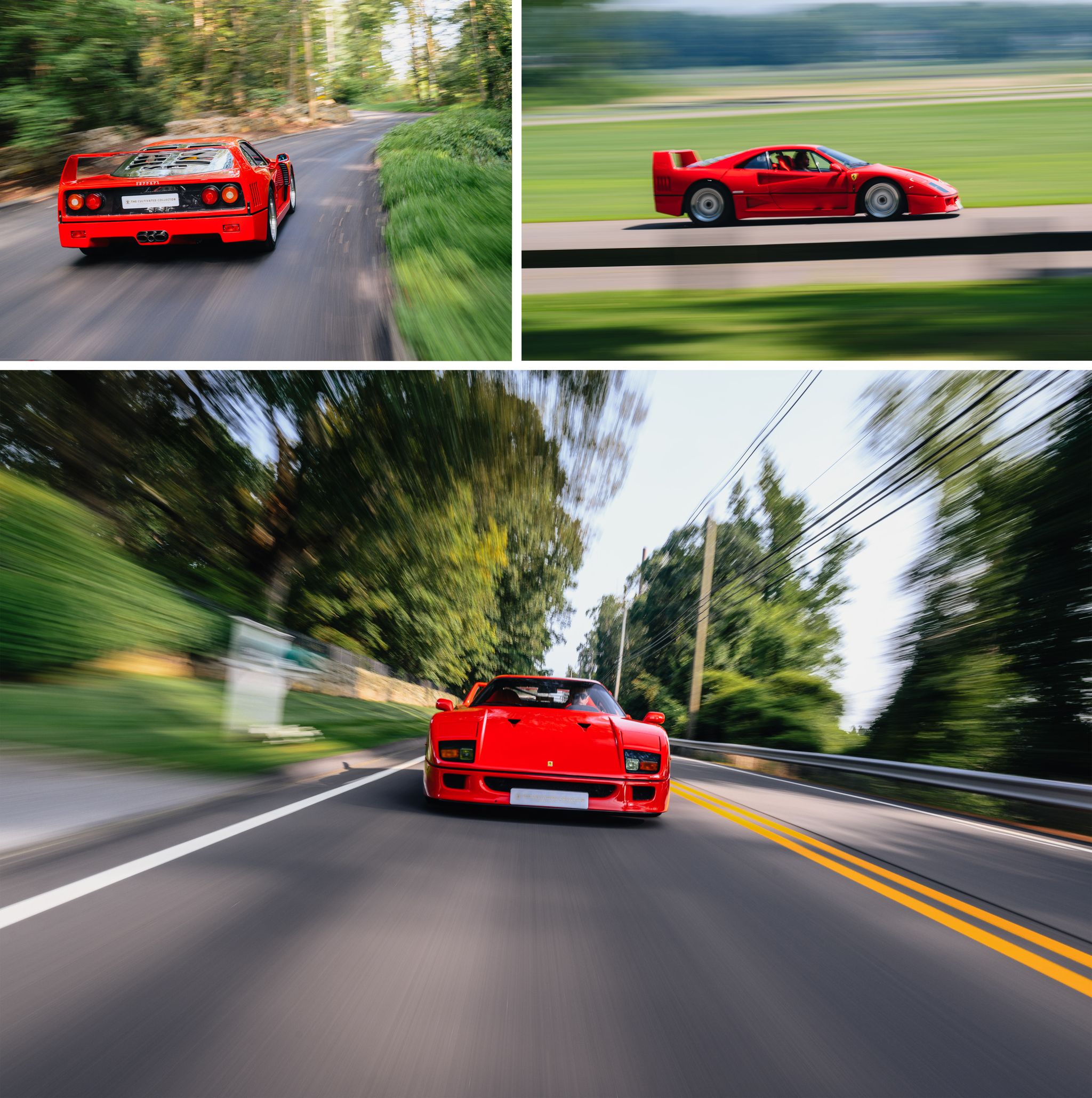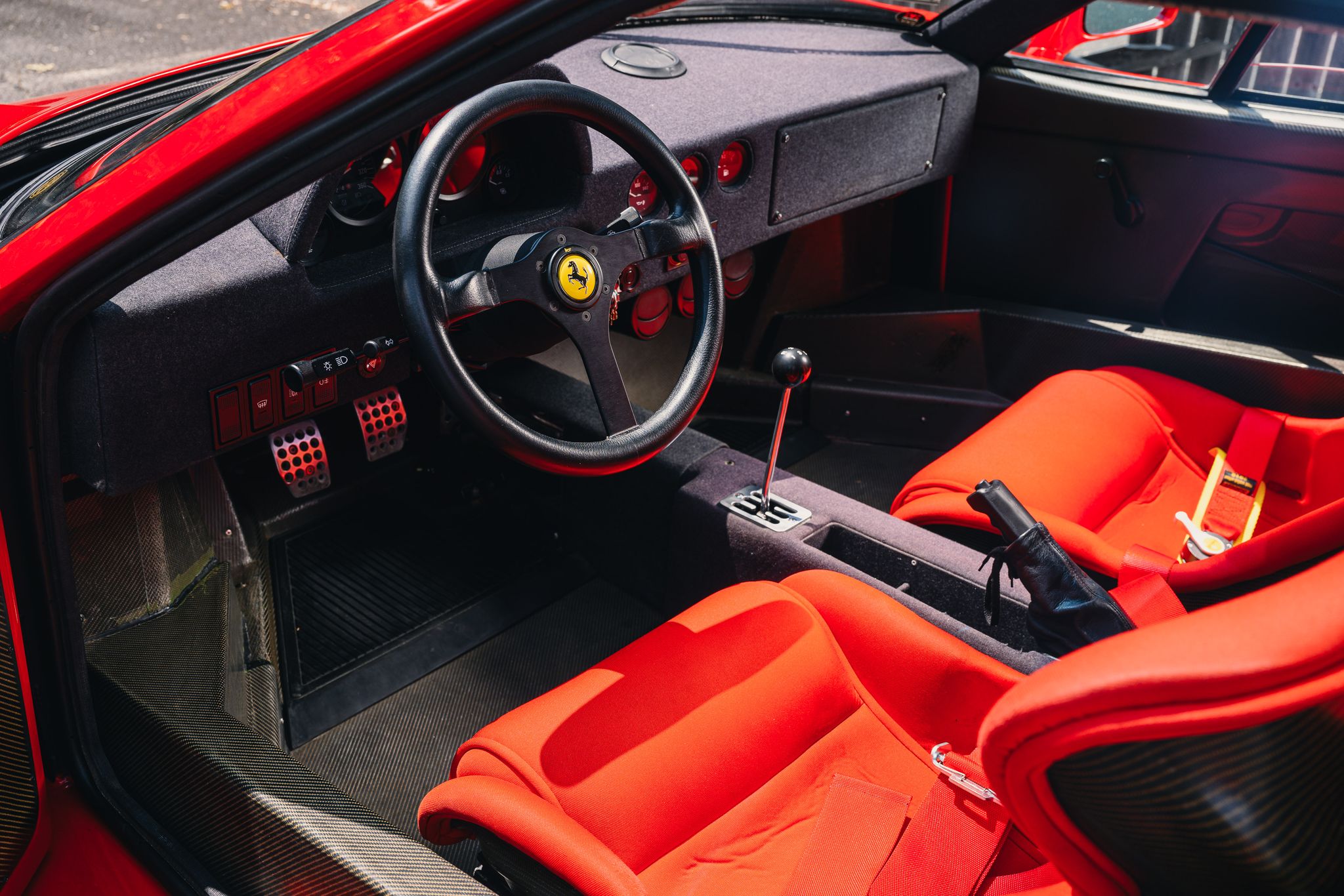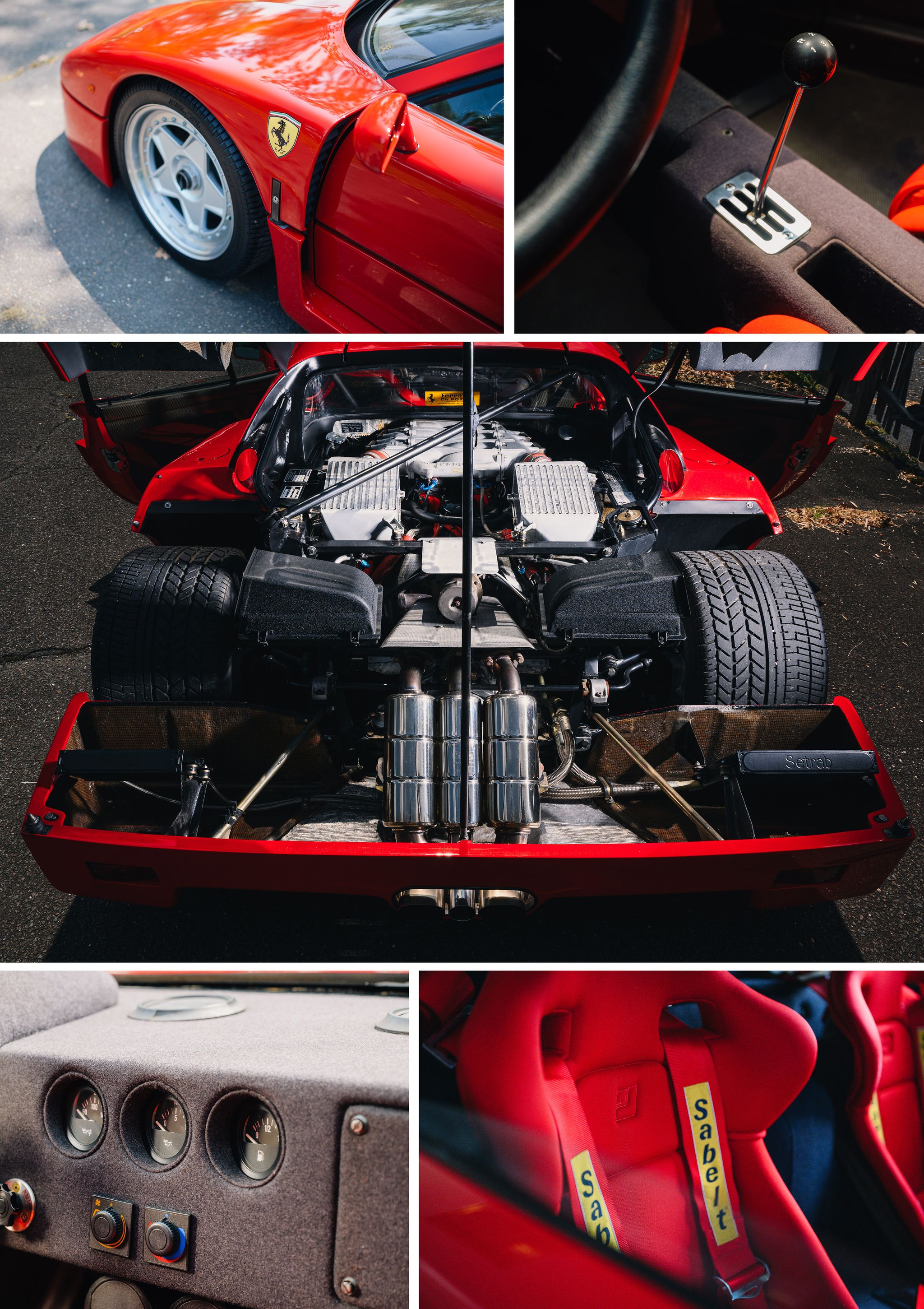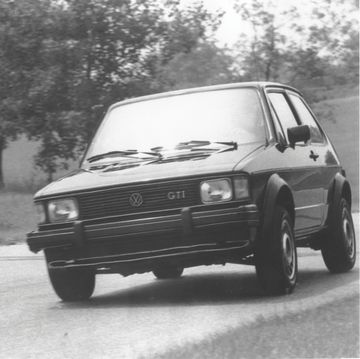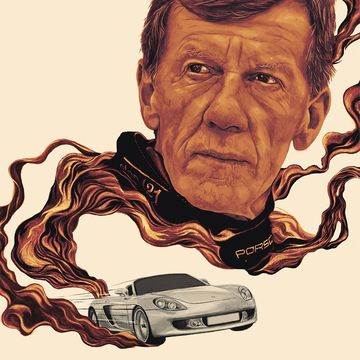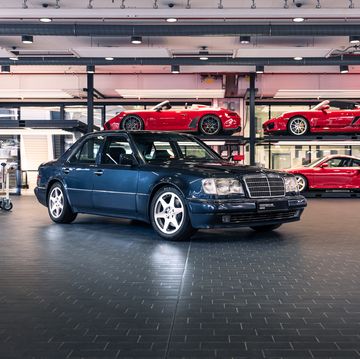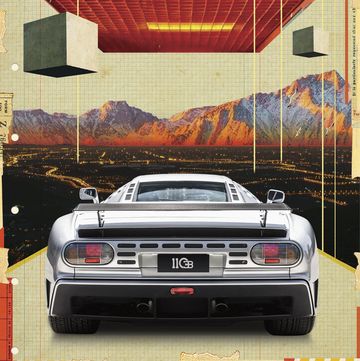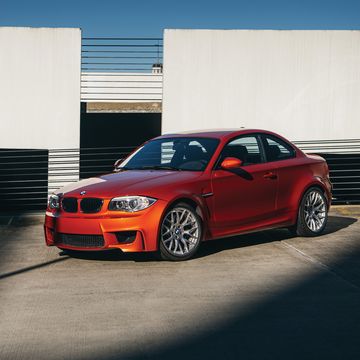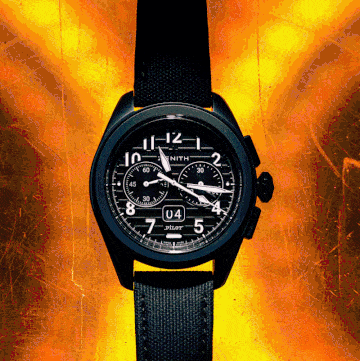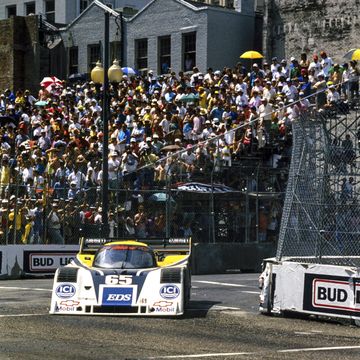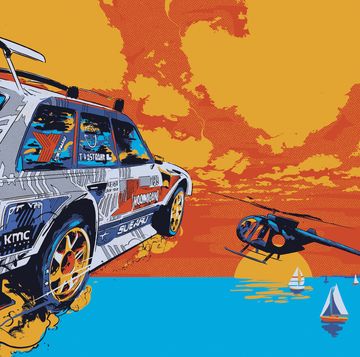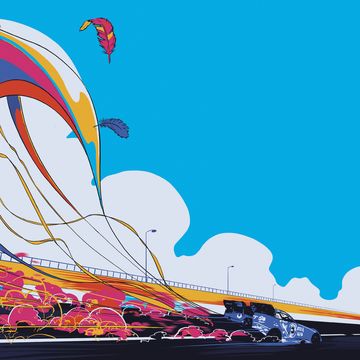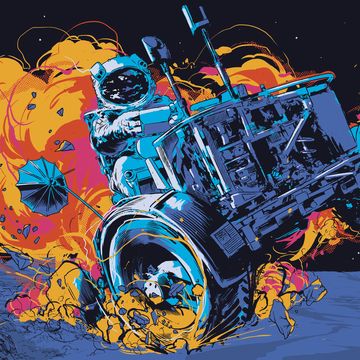Among exotic car manufacturers, one remains supreme: Ferrari. And among Ferraris, one model, according to the internet, stands above the rest: the F40. The Italian carmaker’s late-Eighties flagship has, in the past 10 years, become the Ferrari of choice for armchair enthusiasts on Instagram, Facebook, and every other thought-sharing platform, despite relatively high production numbers and the lack of a 12-cylinder engine.
The collector market has begun to take notice. What was once a low six-figure car has now become a multi-million-dollar affair, the F40 taking its spot amongst the most desirable Ferraris of all time. As an armchair enthusiast myself, one question lingered on my mind as the market for F40s quickly exploded in the past decade: Is this car actually worth all that money? I’ve never particularly loved how it looked, and having a V-8 instead of god’s own V-12 meant it could never make the same sounds as some truly elite exotics. Plus, Ferrari made 1311 F40s—low by most standards, but a whole lot by flagship Ferrari standards. By comparison, the company made just 349 F50s.
Most of that doubt goes out the window when you hear an F40 fire up for the first time. This one, provided to us by The Cultivated Collector, an exotic car dealership in New Canaan, Connecticut, is a 1989 European-market example with no catalytic converters and an aftermarket exhaust from Tubi. At a cold idle the 2.9-liter twin-turbo engine sounds raw and unfiltered, like something you’d hear the morning of a historics gathering at Lime Rock Park. It’s loud, rumbly, and decidedly racecar-esque.
As this F40 rolled slowly out of the dealership floor and onto the pavement, I began to understand why it remains a poster car for so many enthusiasts. While the front is goofy-looking, the rear three-quarter might be the best of any Ferrari, ever. Ultra-wide and boxed-out to perfect proportions, it’s easy to get lost peering at the gigantic molded wing or beyond the mesh covering, an open-air pathway directly to the engine bay. Your eyes are naturally drawn downward towards the 17-inch multi-piece, center-lock Speedline wheels, flawlessly sized wearing Pirelli rubber measuring over a foot wide in the rear.
I could stare for hours, but there’s driving to do. With the engine oil up to temp, it’s time to hop into the carbon-kevlar bucket seats and buckle in using the four-point harnesses. The racecar minimalism continues inside, with a dashboard virtually clear of buttons and inputs. In front of you sits a four-ring gauge cluster showing speed, rpm, coolant temps, and boost pressure. Then, to your right resting on the dashboard, there are gauges for oil temp, oil pressure, and fuel. Under those, knobs for fan speed and cabin temperature. All you’ll ever need, and nothing more. The steering wheel is timeless, pure and free of any buttons. The gated shifter is equally simple, with a dogleg first gear.
Driving any multi-million dollar car is scary, but the F40 is surprisingly forgiving at low speeds. It’s loud inside, yes, but the clutch is easy to modulate for simple stop-and-go traffic, despite being one of the heaviest clutch pedals I’ve ever felt in a road car. The steering and brakes are unassisted, but you’ll never find yourself complaining because the F40 is so lightweight. Visibility out the front is impeccable, and while the car looks ultra-wide from the outside, it’s relatively small by modern car standards, so fitting within your lane is pretty easy, given you know how to angle your side mirrors correctly.
At speed the F40 comes alive. The steering is without flaw, hefty but never burdening. Every motion placed into the wheel seems to translate to the road, and every tiny little imperfection on the pavement makes it to your fingertips. The brakes, too, demonstrate stunning accuracy and control. After using them, I wonder why any lightweight car would need power-assisted brakes. Though the long, thin-necked shifter might look delicate, it requires some muscle to slot into each gear. Being quick and decisive with your shifts rewards clean, smooth changes alongside satisfying click-clack noise. Being slow and steady is not what the F40 enjoys. If you’re hesitant, it’ll return the favor with bucking and lugging.
The monocoque is an impressive thing, made from a mixture of carbon fiber, kevlar, and steel. While the first fully carbon chassis wouldn’t come until a few years later in the Jaguar XJR-15, the F40’s complex chassis was a huge step in the world of road car tech considering the first-ever carbon monocoque appeared just six years earlier in Formula 1, under the skin of the McLaren MP4/1. The chassis feels stiff and alert but doesn’t sacrifice ride and body control on less-than-perfect asphalt. It also kills any hope of an isolated, quaint driving experience. You hear every pebble thrown by the tires, every crack in the road, no exceptions. When turning up sharp curbs or driveways, you can even hear the frame creaking as it resists twist. It’s a charming reminder that 1) the F40 is truly without compromise and 2) this car is nearly 35 years old.
The engine is another reminder of years past. Codenamed F120A for you nerds, this V-8 is perhaps the greatest example of old-school turbocharging there is, even compared to other forced-induction icons I’ve driven like the R34 Nissan Skyline GT-R and Renault 5 Turbo II. Under 4500 rpm the 2.9-liter is borderline lethargic, filling the cabin with a cackly, metallic moan as you lean into the throttle pedal. Things evolve quickly once boost arrives, turning the exhaust note into a bold, chaotic roar that penetrates your ears and vibrates your brain. Alongside the noise comes a brutal shove of thrust that launches the car forward like an arrow leaving an archer’s bow. The F40 was rated at 478 hp and 425 lb-ft of torque when new, and it feels like it’s making at least that much now. The momentum doesn’t stop until you run out of revs, and all you have to do to keep sprinting forward is swipe the shifter into the next gear.
The way the F40 delivers power and speed, paired with the long gearing, makes it easy to understand why our colleagues at Car and Driver were able to get it all the way to 197 mph flat-out. But even with all that capability, this car is never scary. Because all of the controls dump so much feedback into the driver’s seat, you never feel overwhelmed or scared, even when you’re near the limit of adhesion. The F40 remains delightful and fun, brash and exciting in a world of newer supercars that are isolating and lacking connection.
The term “raw” tends to be overused in this industry, but it’s an apt descriptor for the F40. It’s vehicular enjoyment distilled into a pure, uncut form. The F40 eschews any notion of comfort to drill down to a rarely accessible level of uninterrupted feedback and satisfaction, the likes of which I’ve never felt in a road car before. There is no radio, no carpets, no power anything. Just a steering wheel, pedals, and a shifter. Every aspect is tailored to deliver an unmatched experience of speed, leading to a visceral sensation of pure joy. And it does that without rendering the car too tough or frustrating to handle at less than supersonic speeds. The F40 is, without a doubt, one of the greatest cars I’ve ever driven, and likely ever will drive. It’s very clearly worth the millions people are willing to pay today, and it’ll be worth the many more millions people will pay in the future. A fair price for driving nirvana.

Brian Silvestro is Hearst Autos' former lead deputy editor for rankings content. He spent over seven years as a staff writer for Road & Track Magazine where he contributed car reviews, industry interviews, and more. He has a taste for high-mileage, rusted-out projects and amateur endurance racing.
